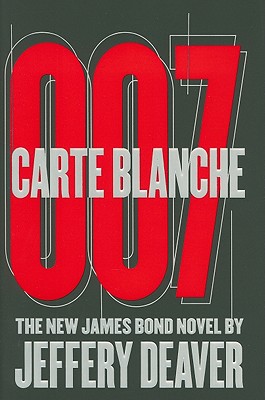
The true story—and true glories—of the plants we love to hate.
From dandelions to crabgrass, stinging nettles to poison ivy, weeds are familiar, pervasive, widely despised, and seemingly invincible. How did they come to be the villains of the natural world? And why can the same plant be considered beautiful in some places but be deemed a menace in others?
In
Weeds, renowned nature writer Richard Mabey embarks on an engaging journey with the verve and historical breadth of Michael Pollan. Weaving together the insights of botanists, gardeners, artists, and writers with his own travels and lifelong fascination, Mabey shows how these "botanical thugs" can destroy ecosystems but also can restore war zones and derelict cities; he reveals how weeds have been portrayed, from the "thorns and thistles" of Genesis to Shakespeare,
Walden, and
Invasion of the Body Snatchers; and he explains how kudzu overtook the American South, how poppies sprang up in First World War battlefields, and how "American weed" replaced the forests of Vietnam ravaged by Agent Orange.
Hailed as "a profound and sympathetic meditation on weeds in relation to human beings" (
Sunday Times), Weeds shows how useful these unloved plants can be, from serving as the first crops and medicines, to bur-dock inspiring the invention of Velcro, to cow parsley becoming the latest fashionable wedding adornment. Mabey argues that we have caused plants to become weeds through our reckless treatment of the earth, and he delivers a provocative defense of the plants we love to hate.
Joe says:
"Richard Mabey subtitles his latest book, 'In Defense of Nature's Most Unloved Plants,' and it is an apt description of this fascinating and enjoyable book. Part botanical history, part cultural study and part gardening memoir, Mabey takes his reader on a world-wide tour of weeds.
This book was originally published in England in 2010, and is rather British-focused. But that does not lesson its impact or enjoyment. Since our nation was colonized not only by British subjects, but also their weeds, the locales may be different, but the plants are similar. Tracing the histories of certain weeds from ancient times to the present, Mabey highlights the changing fortunes of these plants. Sometimes worshipped, sometimes cultivated for food or medicine, and sometimes eradicated with ruthless vigor, weeds may be as much a part of the human landscape as the natural world. Richard Mabey takes on weed-based tours of the English countryside, through the kudzu-ravaged American south, the bombed fields of World War I Flanders and Blitz-ravaged London.
I was mesmerized by the names of the plants, even as I struggled to identify them in my garden, realizing that these nearly universal weeds tend to take on very local flavor. Another thing that amazed me about this book is that it started off rather slow and bucolic and toward the end of the book, I was fiendishly highlighting sentences and tearing through pages, enraptured as I was by not only the story Mabey wove, but the way he told it.
If you are having troubles with the weeds in the garden, this book is no lesson in weed abatement. But if you want to understand the history of those very weeds, this is the book. Already I know that as I pick out the burrs of burdock from the fur of my dogs, I will always know it was this same nuisance that spawned the idea for Velcro. Mabey makes a good case that there is no one-size-fits-all definition of a weed, nor is there necessarily a reason to either vilify or idolize these weeds. They are here, just as we are, doing their thing. That thing can be beautiful and wonder-causing just as it can thwart our own plans for the future."
***Joe is a former store manager for Tattered Cover, and now a full time farmer and remote reviewer for us from his farmhouse in Illinois.
Check out his blog about the farm here.
















































